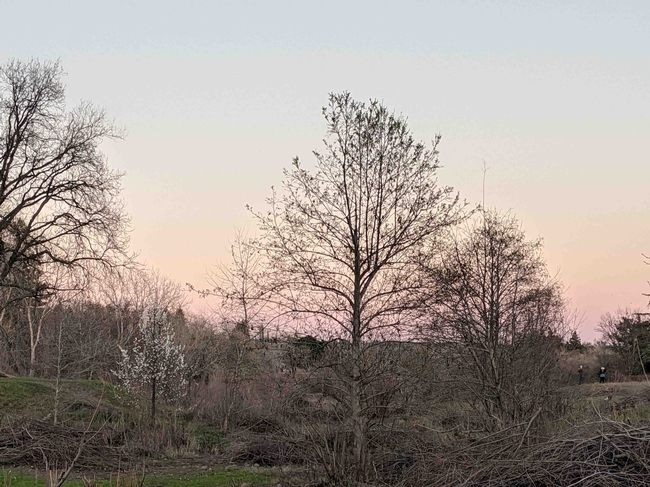Almost thirty participants strolled through Verbena Fields on March 30 for the second of a year-long series of Wildtending Walks. This month's leaders, Raphael DiGenova and Janeva Sorenson, shared their passion for and knowledge about the native plants of this area. DiGenova, a native plant expert and Wildtender, is a long-time volunteer at Verbena Fields and has worked closely with Mechoopda Indian TEK specialist Ali Meders-Knight. Their goal is to introduce us to and inspire us about the native plants used by indigenous peoples of our area. DiGenova is deeply invested in sharing the knowledge required to cultivate a large range of native plants throughout the region.
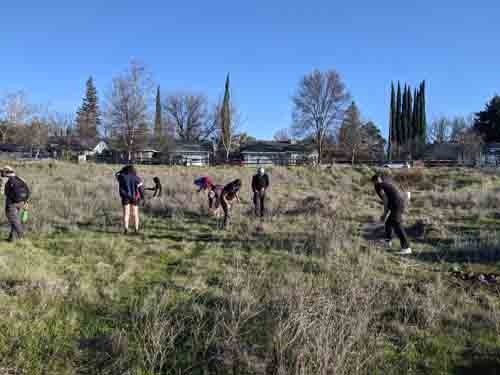
Underlying these tangible lessons is the deeper goal of helping us develop a more intimate relationship with nature, understanding its benefits and our interactions with our ecosystem. Even deeper than that lies the lesson of the importance of listening to native peoples, respecting and utilizing their original wisdom about each intricate part of this land. Indigenous wisdom about plants is based on ancient and ongoing interactive relationships. DiGenova cautions us not to make the mistake of believing that TEK is not “real” science: it is, but from a different root – the result of thousands of years of trial and error, of observation and experimentation. The plants we see around us are the product of human intervention and selection over millennia.
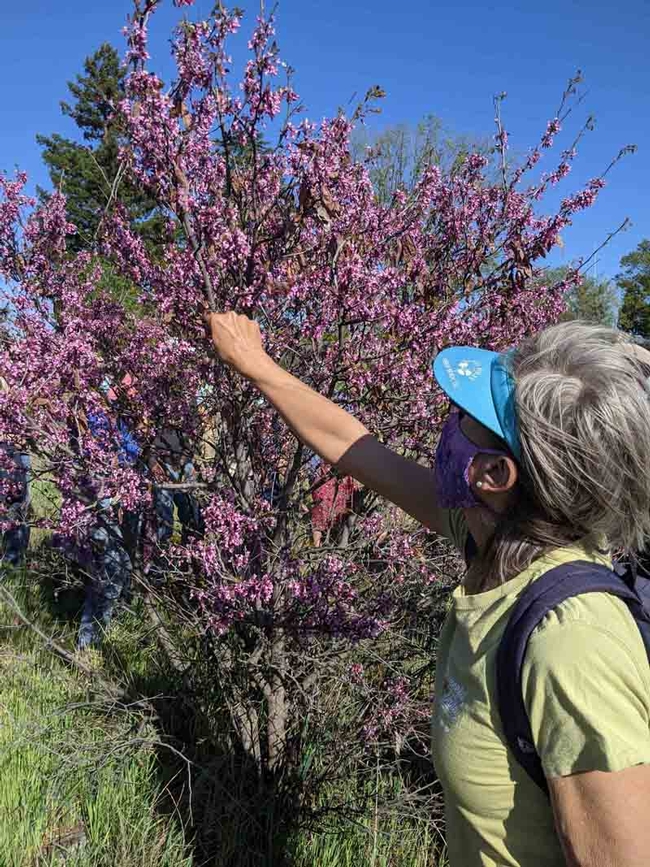
Here is a brief summary of the plants and processes the Wildlife Walk participants studied on the beautiful, warm, clear afternoon of March 30.
Grindelia: First up on the tour was grindelia, or valley gum plant. In April, it is still a basal rosette on the ground, but this super tough native can compete with even the dastardly star thistle. Grindelia has a number of medicinal uses, including to soothe and counteract poison oak. During its growth cycle, it manages to shade and thus inhibit the growth of star thistle seeds. (Star thistle and non-native mustard threaten to take over parts of Verbena Fields and much of the efforts by volunteers focus on eradicating these invaders.) Grindelia flowers and seeds provide lots of food for insects, including beetles which live inside spent flowers over the winter. The flower is sticky and gummy, hence the common English name.
Redbud: This member of the legume family is now in various stages of bloom. Redbud doesn't bloom until about its fifth year. The tiny blossoms have a surprisingly delicate and sweet flavor. DiGenova noted that native peoples also ate the young leaves and seed pods. Because the plant evolved with periodic fire, it developed ingenious strategies to ensure that future generations would thrive. The seed pod has a thin paper coating which burns very quickly, singing the seeds just enough for them to open into the smoldering ground below. When harvesting redbud seeds to plant, scarify them to mimic the fire regime to which they are adapted.
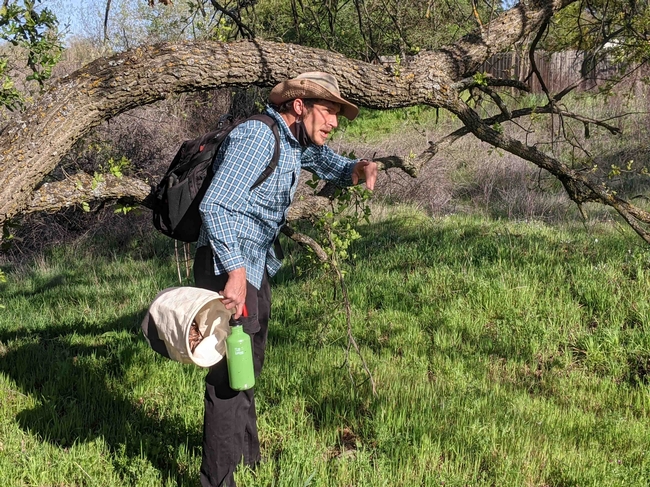
Datura: This poisonous plant, also known as jimsonweed or devil's weed, belies its toxicity with its large and beautiful moon-white trumpet-shaped flowers. A low-growing herbaceous shrub, in winter and before its spring growth it carries a large seed head atop a curved skeletal arm.
Naked Buckwheat: The largest and most edible of the buckwheats, naked buckwheat (Eriogonum nudum) is super drought tolerant, and its flowers contain nice big seeds for birds to feast on. The Eriogonum species feeds many different pollinators. To distribute this plant to more and different areas, simply cut off the dried seed heads and sprinkle them on the ground.
Pipevine: As the group made its way toward Lindo Channel, the northern border of Verbena Fields, it came upon a pipevine twining up the limb of a young valley oak. The vine is host to the pipevine swallowtail butterfly, whose emerging larva will eat a good percentage of the vine, helping to keep it in check. Because the seeds of this plant fall directly down, it spreads better with the help of human hands.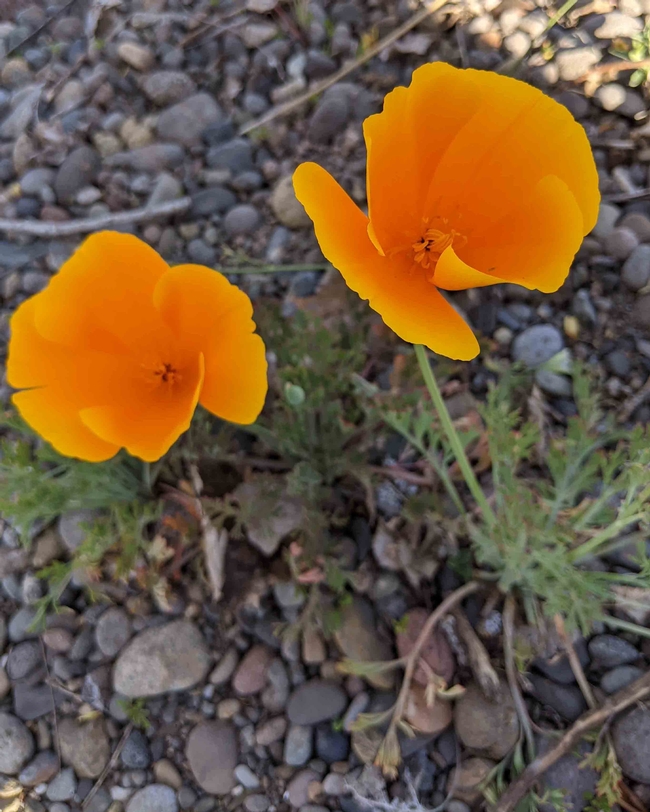
Valley Oak: Valley oaks dot the landscape of the park. When acorns germinate, their initial taproot grows quickly to a few feet so the seedling can survive dry conditions. The valley oak prefers soil that is a little richer and deeper than does its cousin the blue oak, which grows upslope in the shallow, rocky soils of the foothills. Much of the soil at Verbena Fields has been covered with cobble from the historic gravel mining; valley oaks provide evidence that this soil is better than it appears on the surface.
Western Chokecherry: Western chokecherry (and all native prunus) provide abundant food for migratory and resident bird populations. It is a large sprawling shrub that can also provide habitat to wildlife. Coincidentally, at this point in the walk, a red-shouldered hawk conducted a fly over.
Yerba Santa: On the rocky shoulder above the channel sits a thicket of Yerba Santa. Translated from the Spanish as “holy herb,” this plant has a number of medicinal uses, especially for throat and respiratory ailments, and for fevers.
Also, on the way to visit the willow engineering project, walkers passed mugwort (a potent dream medicine), silver bush lupine (a beautiful showy native perennial), mule fat (good forage for equine species), and the pungent coyote mint. Together, this panoply of plants, with their different growing, flowering, and seeding schedules, provide year-round food and shelter for animal species.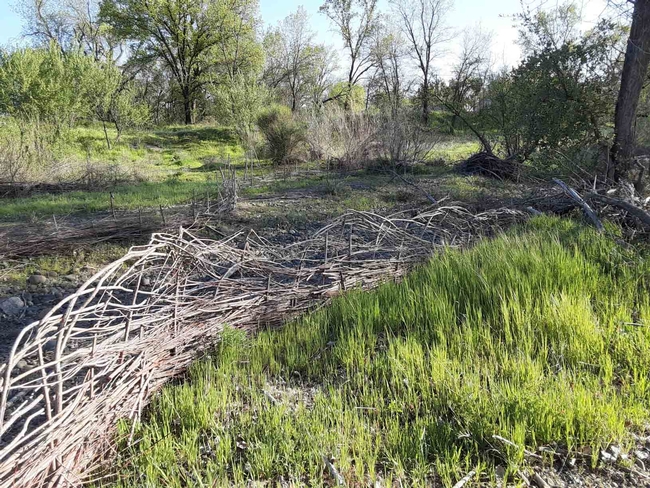
Willows and soil-building: They are playing the long game out at Verbena Fields. Twelve years ago, when Meders-Knight began tending the wild there, volunteers planted multiple lines of willows along the south bank of the channel to slow flood waters and encourage them to drop out their sediment load (instead of carrying it downstream). A nice bed of soil has resulted, and the willows were recently cut down to a few feet above the ground. Using the supple willow-cuttings, volunteers wove walls to hold in the built-up soil and retain the sediment from previous and future flows.
While the group stood amid these clever and carefully wrought artifacts of Wildtending, DiGenova shared the vision of what we can create, by acting together and following the wisdom of those who came before us. This space, these plants, evolved with people. Humans are a major influence on the evolution of all plants, and these plants are our family. If we, as the native peoples do, saw all things on this Earth as people, as members of our family and friends, we would take care of them much differently. We can live in reciprocity by providing habitat and things that are useful to us and useable by others on this Earth as well. We are not outside of our ecosystem, and we cannot engineer our way out of what we've created by believing we are separate, above, and untouchable. DiGenova emphasizes that it's critical to support and promote indigenous sovereignty, to listen to and act on their advice; that it's vital to learn the true history of our region, our state, and its plants.
What they are teaching us at Verbena Fields is that we have the chance to create a living seedbank; literally to put the land back to its original abundance. After all, DiGenova says, wild areas such as this are just remainders of a really large, interrupted garden.
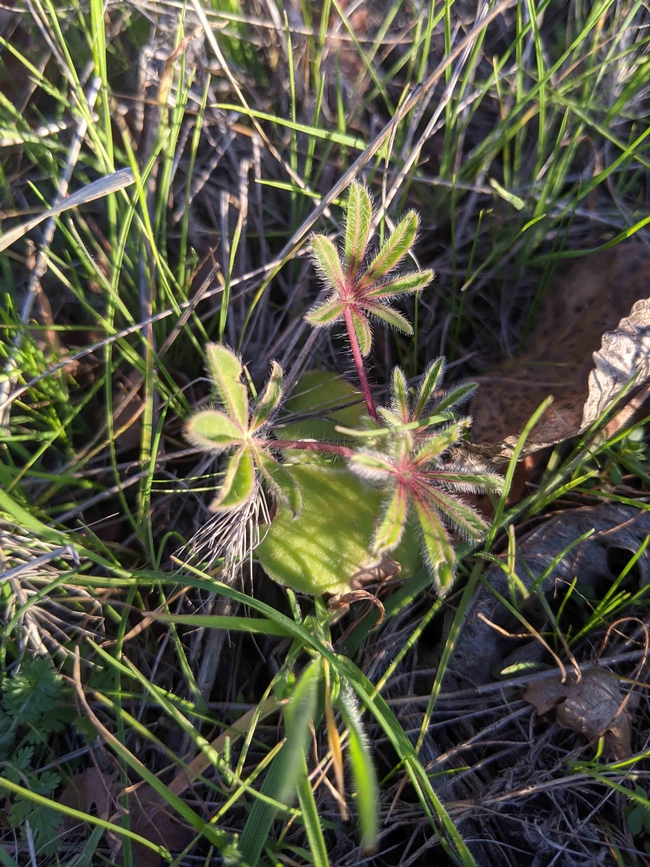
For more information, please visit Camp Fire Restoration Project and TEK (Chico Traditional Ecological Stewardship Program).
UC Master Gardeners of Butte County are part of the University of California Cooperative Extension (UCCE) system. To learn more about us and our upcoming events, and for help with gardening in our area, visit our website. If you have a gardening question or problem, email the Hotline at mgbutte@ucanr.edu (preferred) or call (530) 538-7201.
Attached Images:
